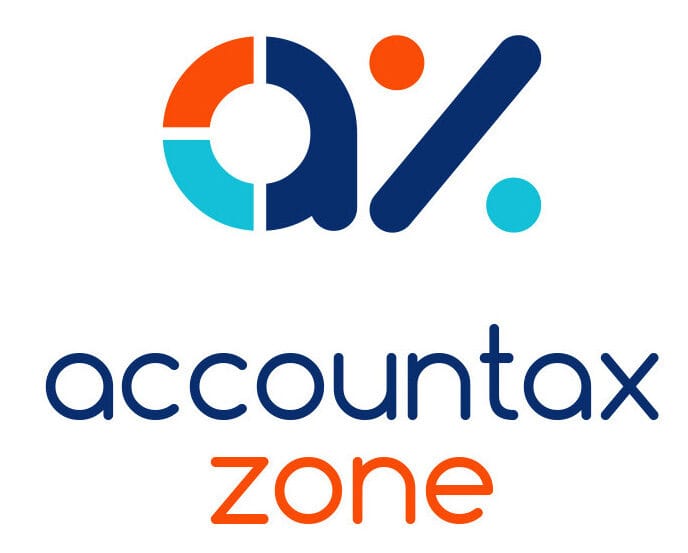VAT-registered businesses that use invoice accounting generally account for VAT when invoices are issued and received. HMRC have recently published new Guidelines for Compliance which set out their recommended approach to the compliance process to ensure that VAT is accurately declared by the business. The guidelines can be used to help establish an appropriate tax control framework which identifies and assesses tax risk and has effective controls in place to reduce those risks. The guidelines cover specific areas and also outline good practice in relation to risk management.
Order to cash
The overall objective of order to cash is the timely, complete and accurate recording of transactions and payments. This will cover the placing of the sales order, the dispatch of the goods and the issue of the tax invoice. The guidelines highlight controls which should exist at each stage, including, for example, controls to ensure that sales orders are only processed within customer credit limits, Goods Dispatch Note shipments are accurately and promptly recorded and that the correct tax rates are used on tax invoices.
Procure to pay
The procure-to-pay section of the guidelines covers initiation of purchase orders, the receipt of the supply, the receipt and processing of the supplier’s tax invoice and the payment of that invoice. The guidelines set out the controls that should exist at each stage, such as ensuring that purchase orders are only placed for approved requisitions, that supplies are only accepted if they have a valid purchase order, that only invoices that represent goods or services received are posted to accounts payable and that payments are only made in respect of invoices relating to goods and services which have been received.
Employee expenses
The guidelines also outline expected controls in relation to the processes for capturing, authorising, and paying employee expenses, highlighting system controls and those relating to the processing of expenses and workflow. They also include examples of controls for different types of expenses, such as motor expenses, business entertainment, and mobile phones.
Record to report
Record to report refers to the accounting process which involves the collection, processing and presentation of information to provide strategic, financial and operational analysis. For example, data gathered in the general ledger will be used to produce balance sheets, profit and loss statements, cash flow statements, budget reports and management reports. Controls are needed in relation to both the overall systems implementation and the operation of the general ledger.
VAT reporting
For invoice VAT accounting, controls are needed for various purposes, including compliance with Making Tax Digital (MTD) regulations and the provision of VAT reports. This would include, for example, controls to ensure that VAT reporting is MTD-compliant.
You might also like to read: VAT records – What do you need to keep?
Manual adjustments
Manual adjustments may be made for various reasons, for example, to consolidate totals from different business functions or systems or to correct errors. The guidelines set out controls which are expected for different types of manual adjustment.
Outsourcing
Controls are also needed where third parties are used to perform parts of the process. The guidelines highlight the controls which are required where functions are outsourced.
Recommended reading
The Guidelines for Compliance (Help with VAT compliance controls (GfC8)) are recommended reading for businesses using invoice accounting for VAT. The business should check that the recommended controls are in place.
Partner note:
Help with VAT compliance controls — Guidelines for Compliance GfC8










